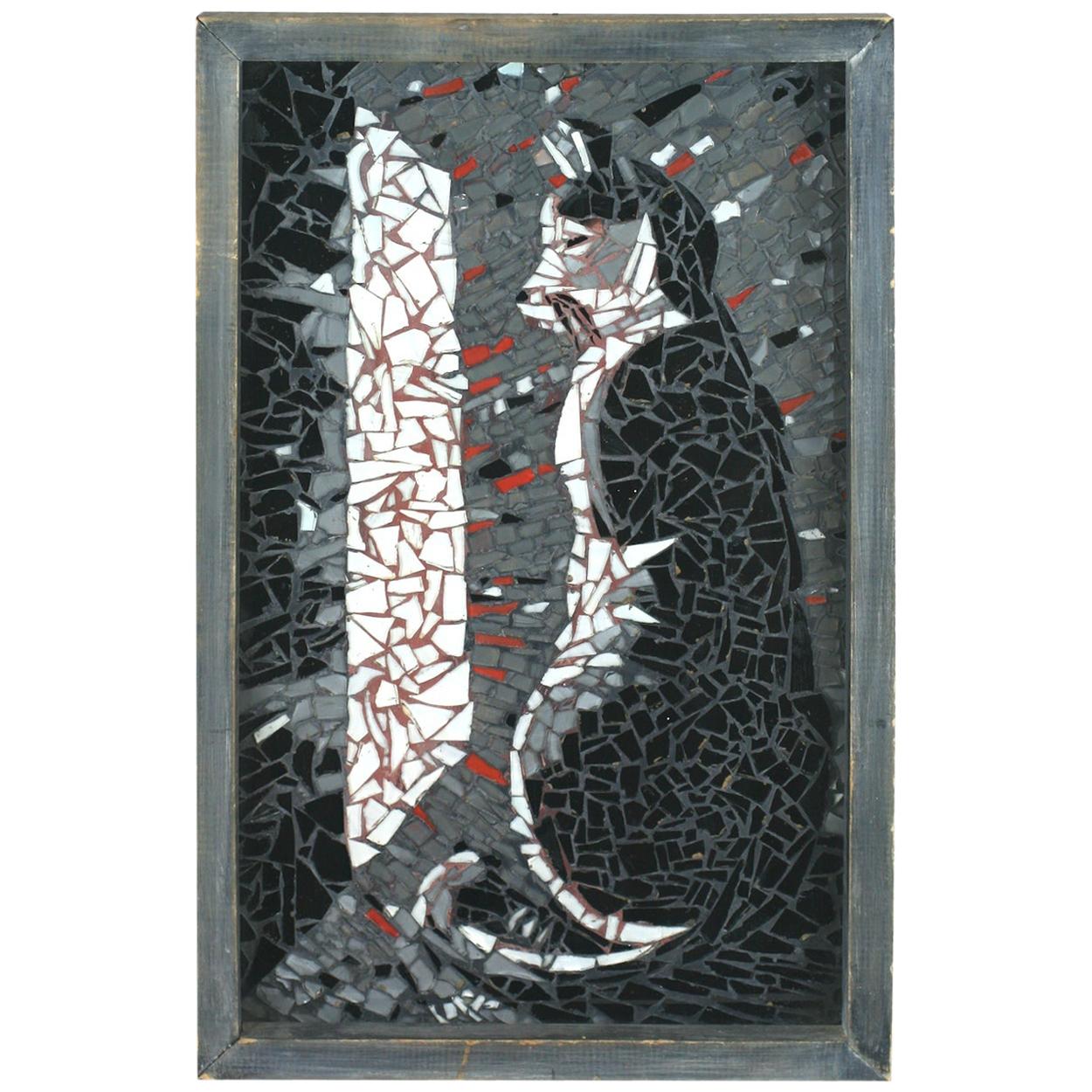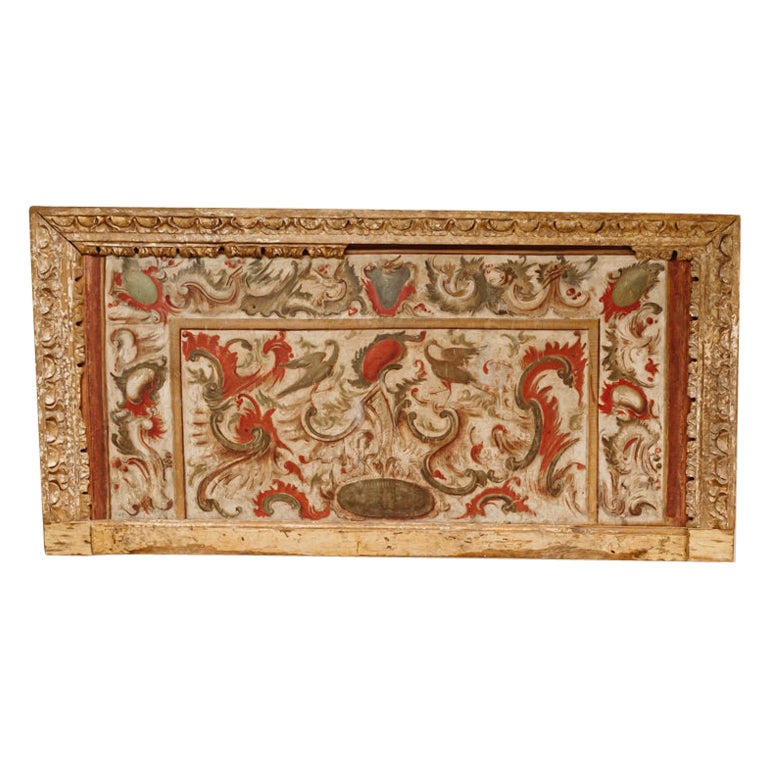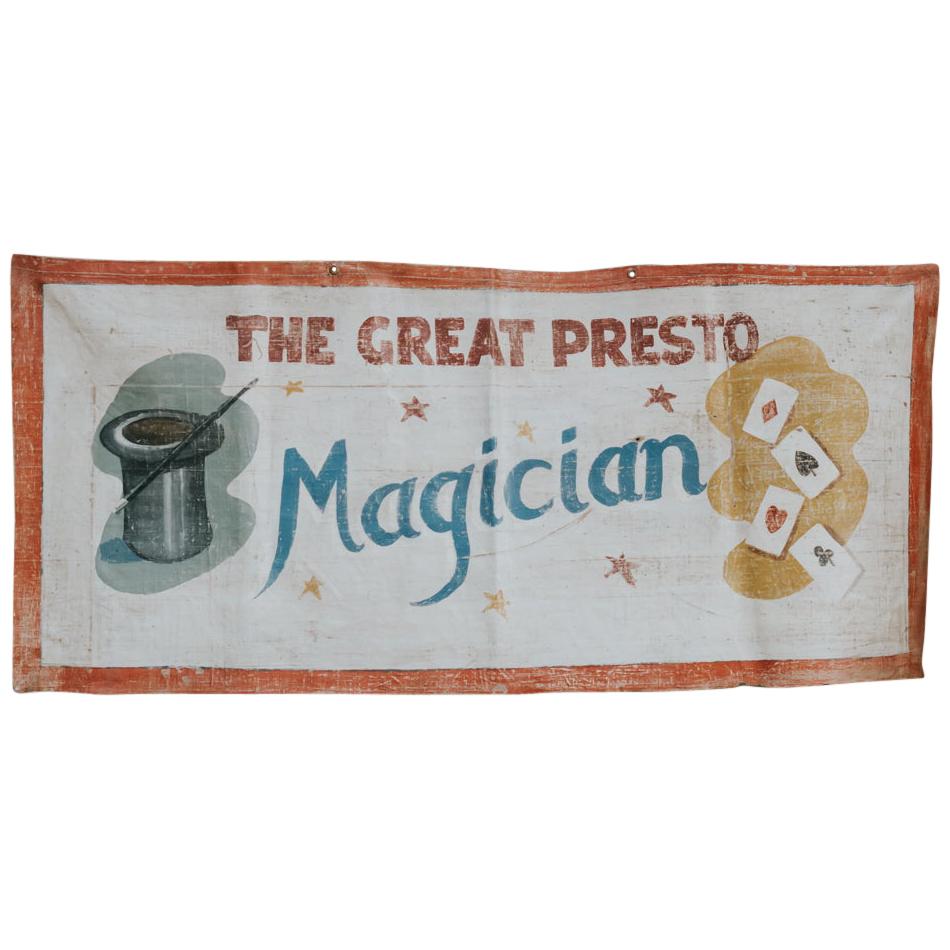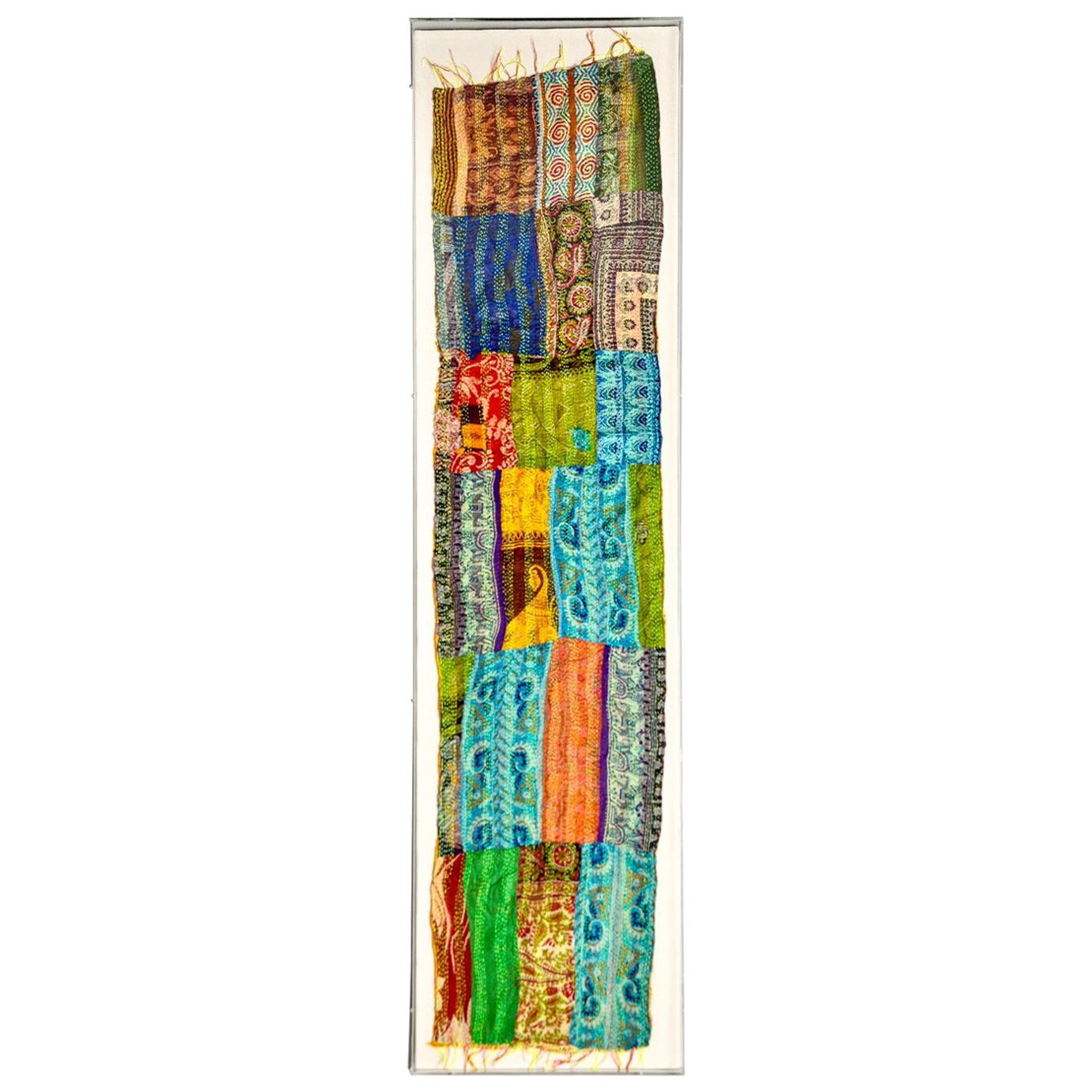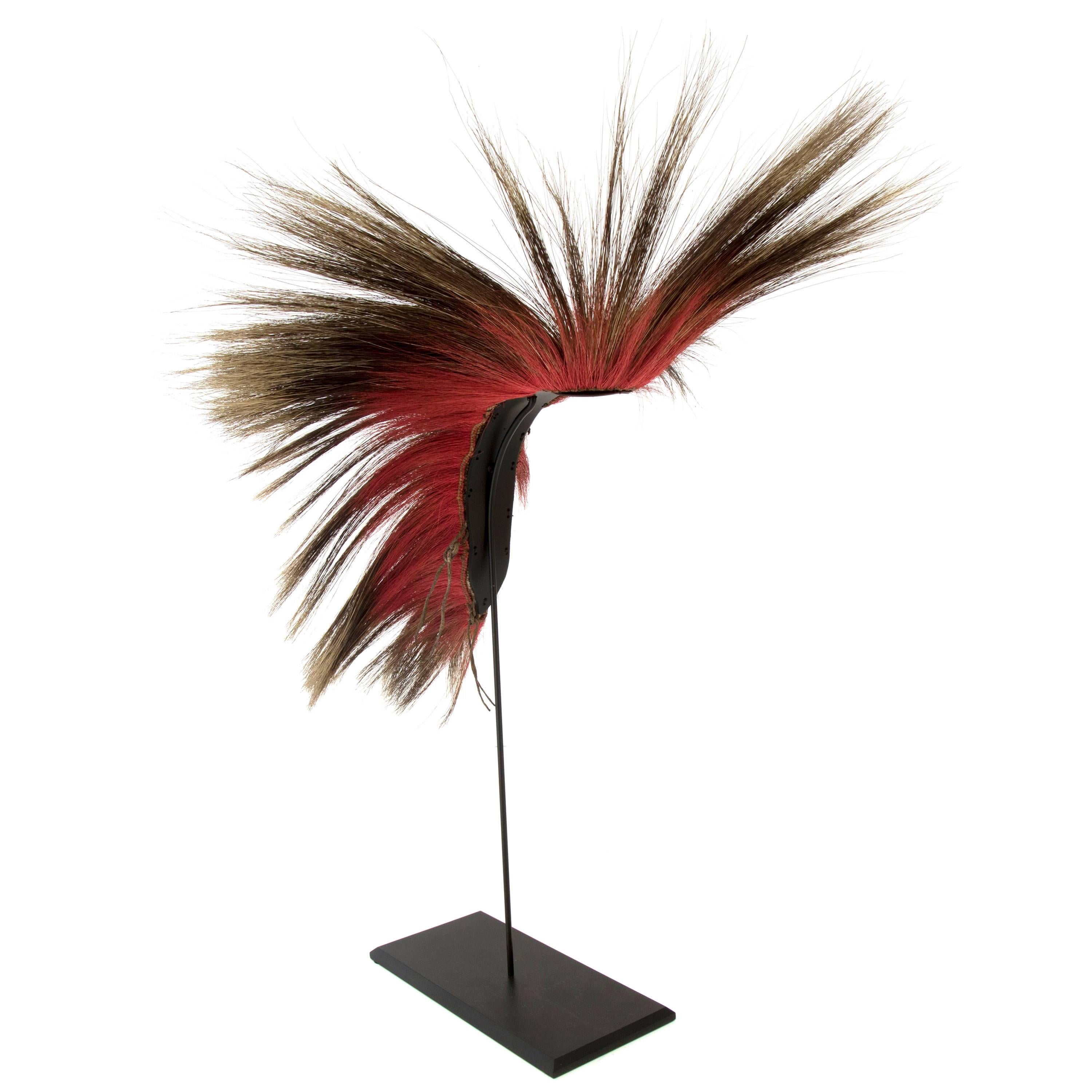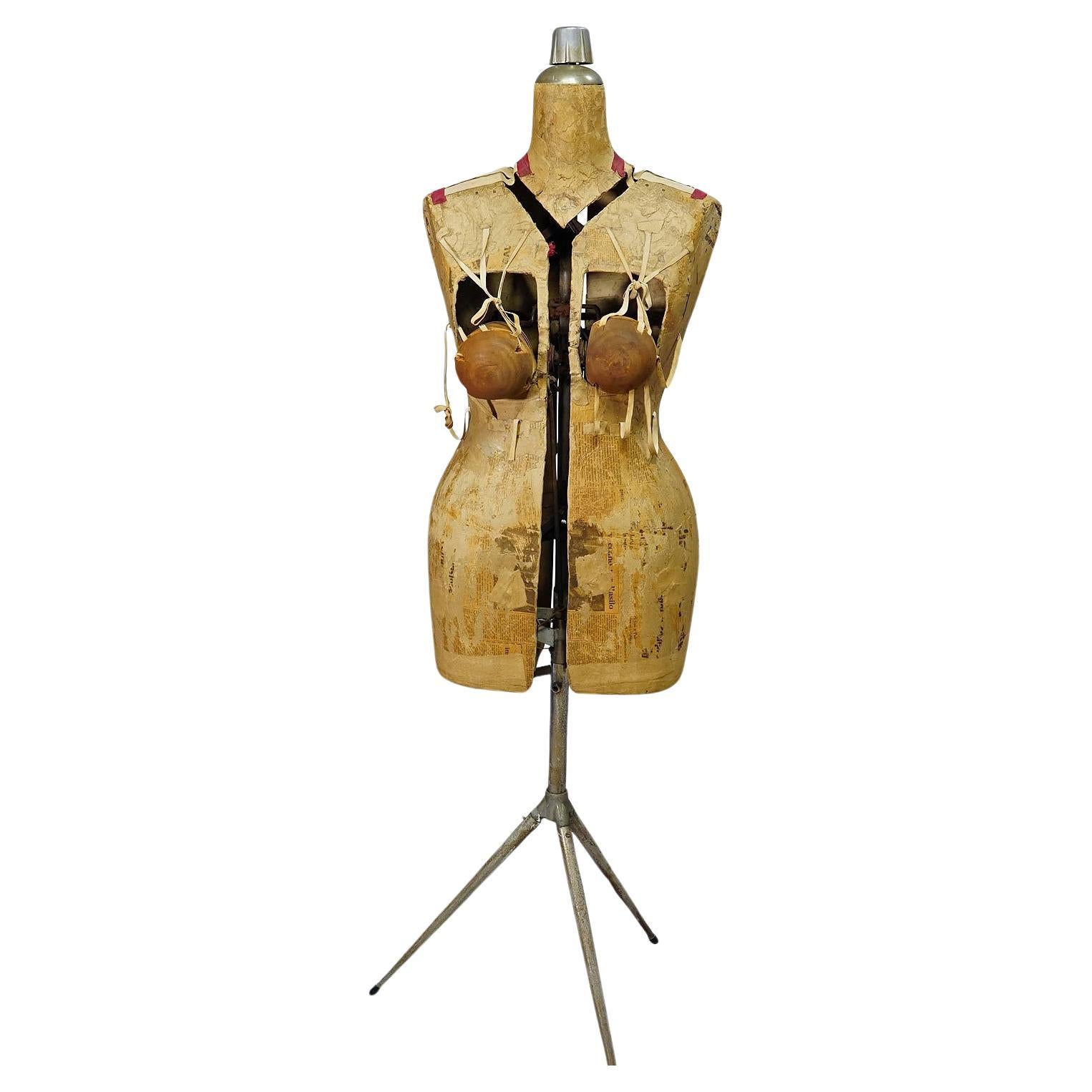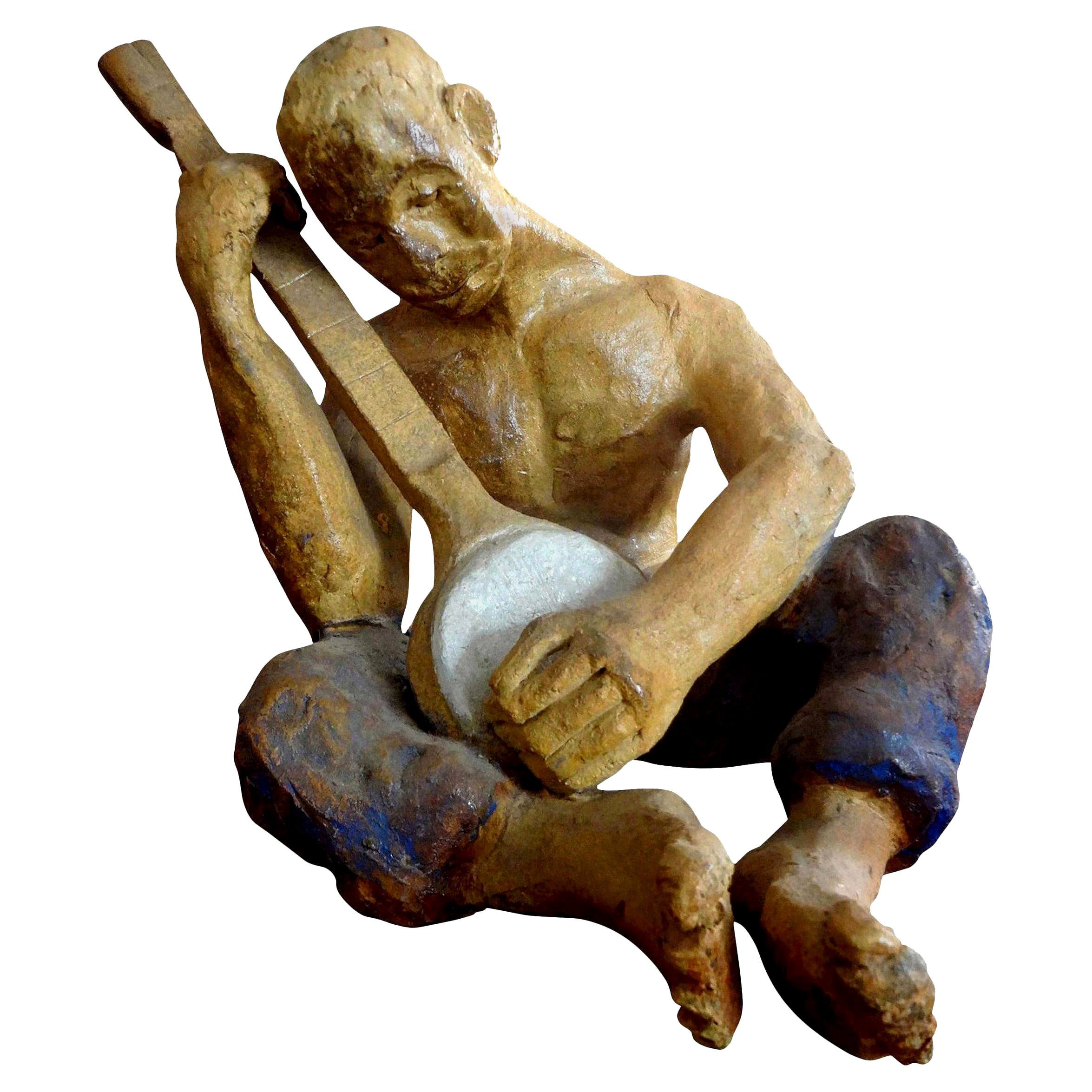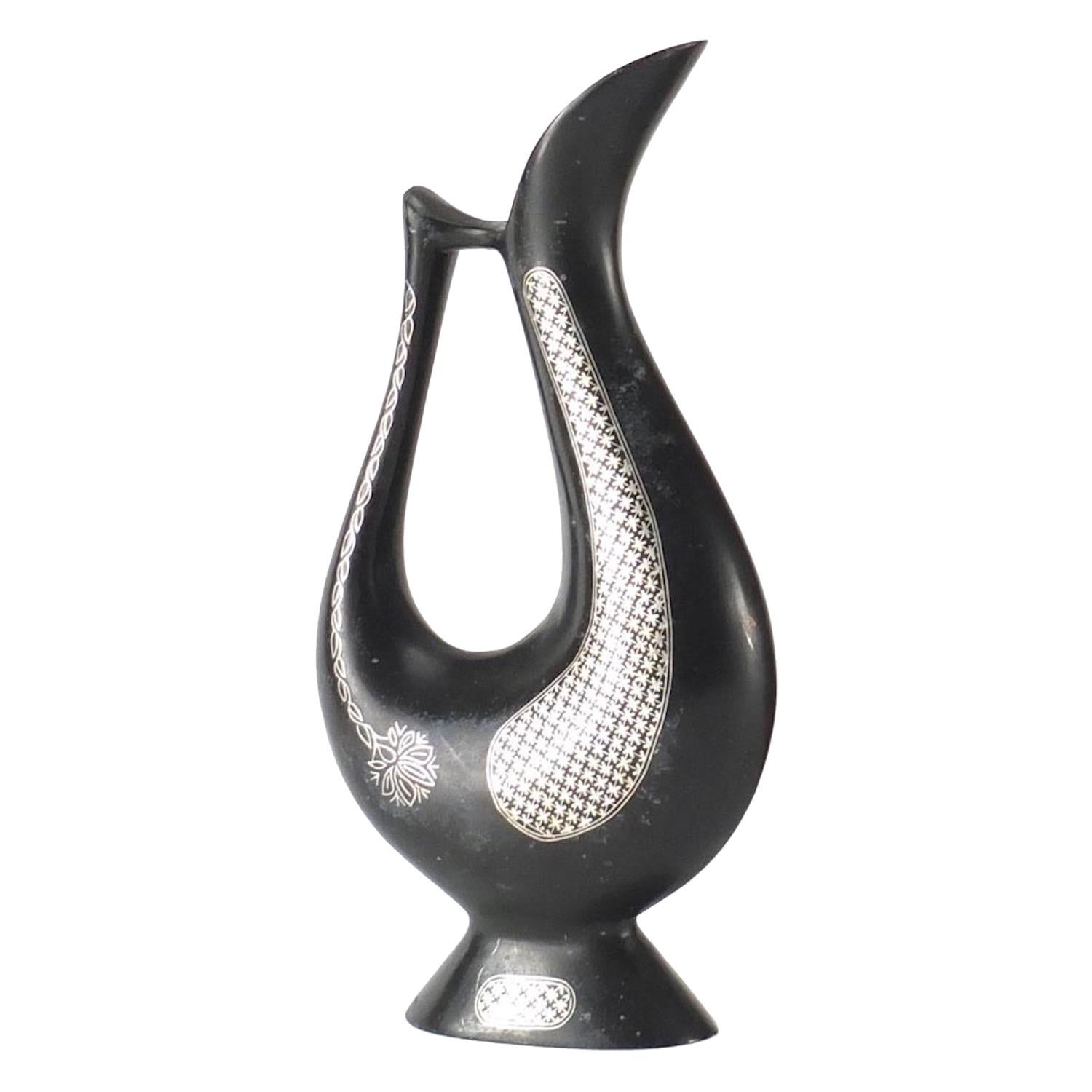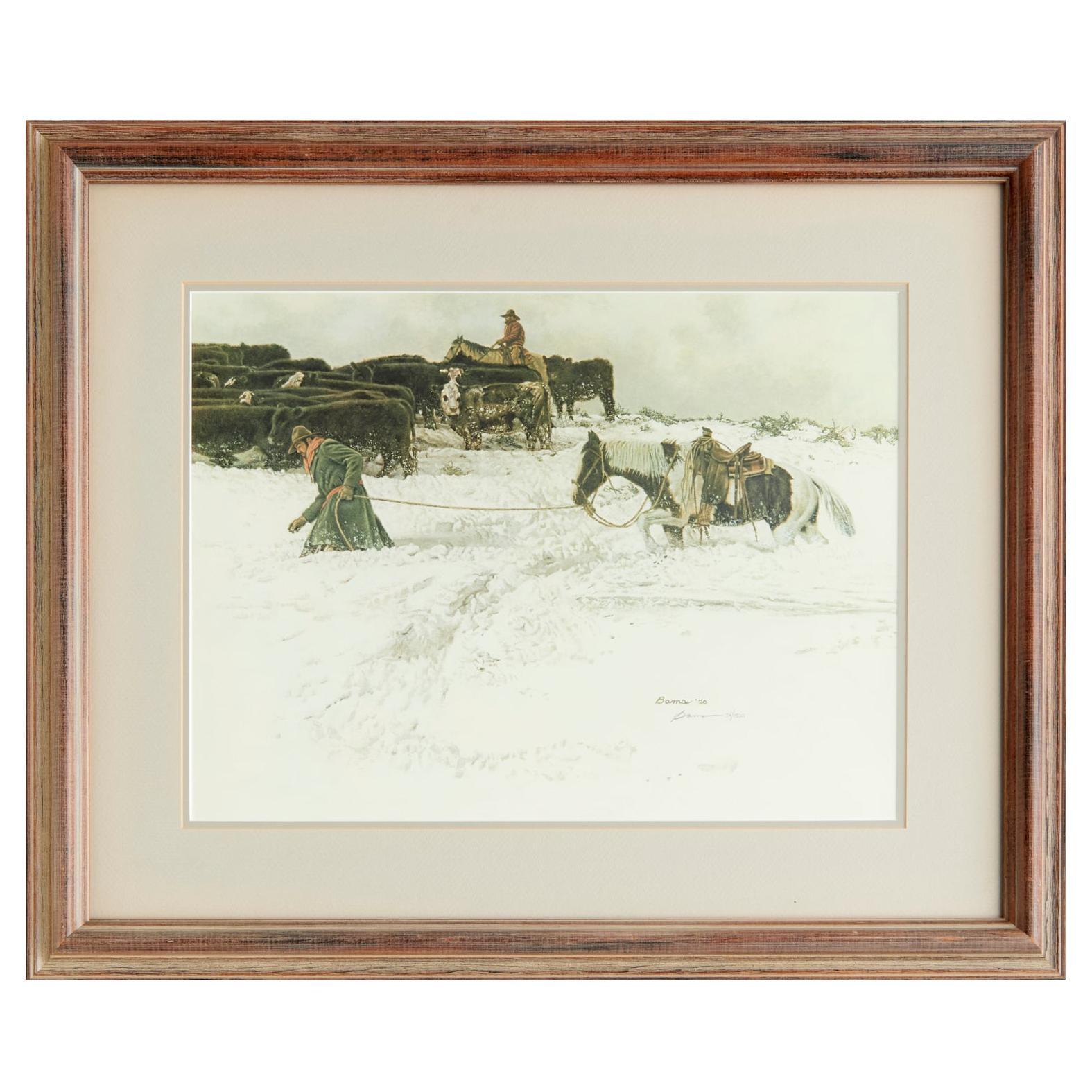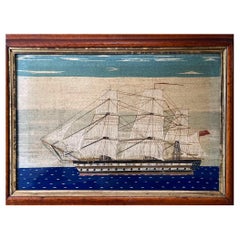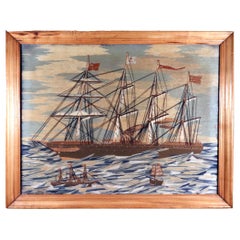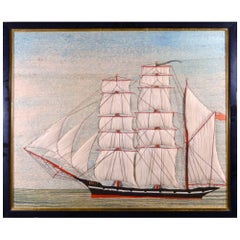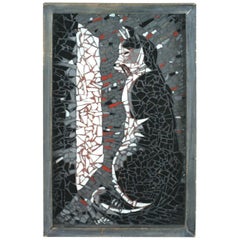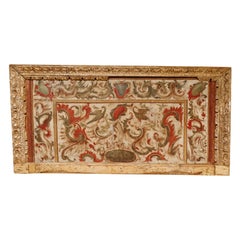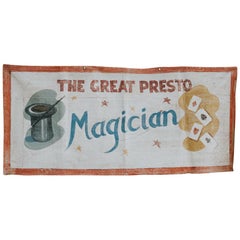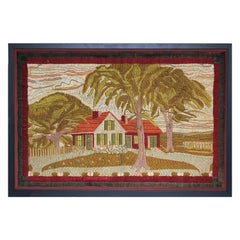
Large Woolwork Picture of a Farmhouse, First Part of the 20th Century
View Similar Items
Want more images or videos?
Request additional images or videos from the seller
1 of 6
Large Woolwork Picture of a Farmhouse, First Part of the 20th Century
About the Item
- Dimensions:Height: 29.6 in (75.19 cm)Width: 43.3 in (109.99 cm)Depth: 1.5 in (3.81 cm)
- Style:Country (Of the Period)
- Materials and Techniques:
- Place of Origin:
- Period:
- Date of Manufacture:1920-1930
- Condition:Wear consistent with age and use.
- Seller Location:Downingtown, PA
- Reference Number:Seller: (Ref NY9274/NARR)1stDibs: LU861018320762
About the Seller
5.0
Recognized Seller
These prestigious sellers are industry leaders and represent the highest echelon for item quality and design.
Gold Seller
Premium sellers maintaining a 4.3+ rating and 24-hour response times
Established in 1916
1stDibs seller since 2009
407 sales on 1stDibs
Typical response time: 1 hour
Associations
The Art and Antique Dealers League of AmericaAntiques Associations Members
Authenticity Guarantee
In the unlikely event there’s an issue with an item’s authenticity, contact us within 1 year for a full refund. DetailsMoney-Back Guarantee
If your item is not as described, is damaged in transit, or does not arrive, contact us within 7 days for a full refund. Details24-Hour Cancellation
You have a 24-hour grace period in which to reconsider your purchase, with no questions asked.Vetted Professional Sellers
Our world-class sellers must adhere to strict standards for service and quality, maintaining the integrity of our listings.Price-Match Guarantee
If you find that a seller listed the same item for a lower price elsewhere, we’ll match it.Trusted Global Delivery
Our best-in-class carrier network provides specialized shipping options worldwide, including custom delivery.More From This Seller
View AllAmerican Folk Art Metal Basket of Beaded Fruit, Early 20th Century
Located in Downingtown, PA
American Folk Art metal basket of beaded fruit,
Basket early 20th Century, fruit 1940s-60s.
The dramatic early 20th Century metal openwork basket cont...
Category
20th Century American Folk Art Decorative Baskets
Materials
Metal
British Sailor's Large Woolwork of HMS Brunswick
Located in Downingtown, PA
British Sailor's large woolwork of HMS Brunswick,
Made by J. H. Miller, Brixton,
Circa 1865
The large-scale sailor's woolwork depicts an image of a Royal Navy Second Rate Battleship...
Category
Antique Mid-19th Century English Folk Art Decorative Art
Materials
Wool
British Sailor's Large Woolwork with Ship named The City of Rome on a Rough Sea
Located in Downingtown, PA
British Sailor's Large Woolwork with Ship named The City of Rome on a Rough Sea,
Nineteenth Century.
The large sailor's woolwork or woolie depicts a view of the ship, SS City of Rome, with three funnels and four masts. On the bow is stitched the ships name "CITY OF ROME". She flies a number of flags: the Red Ensign on the foremast, an anchor flag on the main mast, a red banner on the mizzenmast as well as an American flag on the jigger mast.
There are two smaller ships in the foreground, all on a choppy sea with multiple colors of blue and white. The wool is within a maple frame.
She is considered one of the most beautiful steamships built, with her classic clipper bow and sail rigging illustrating the transitional period of sail to steam
Frame: 26 1/4 inches high x 33 1/4 inches wide x 2 1/10 inches deep.
Now with Museum Conservation Glass.
Reference:
City of Rome was a British ocean liner, built by the Barrow Ship Building Company for the Inman Line to be the largest and fastest liner on the North Atlantic route. Though not achieving the requested specifications due to design compromise, and so returned to Barrow-in-Furness after only six voyages, she is considered one of the most beautiful steamships built, with her classic clipper bow and sail rigging illustrating the transitional period of sail to steam. The Anchor Line managed her on various routes until 1900. She was scrapped in 1902.
Development and design
The completion of the Guion Line's Arizona in 1879 forced all major trans-Atlantic companies to consider building new high-speed passenger liners. Designed by William John, who later would design the United States Navy's first battleship, the USS Texas...
Category
Antique Late 19th Century English Folk Art Decorative Art
Materials
Wool
British Sailor's Woolwork or Woolie of the Named Barque "Polly"
Located in Downingtown, PA
Large British Sailor's Woolwork of the Barque Polly,
Named "Polly",
Circa 1885-95
A large sailor's woolie or woolwork of a port side view of a ship named "Polly" under full sail. The ship is rigged as a barque.
The name "Polly" can be seen on a banner flying from the mainmast and on the front of the bow and the shiop was named after the owner's wife Marian Poyy Woodside. (see below). The sails are trapunto, creating a three-dimensional look of the sails full of wind. The sea is depicted is rippling bands of green and white.
Dimensions: Frame: 26 1/4 inches high x 31 inches wide x 2 inches
Reference: The ship was built in Belfast, Northern Ireland, in 1885, and launched by Marian "Polly" Woodside, the wife of the owner, tossing flowers across the bow. (Champagne being too precious). The ship made several voyages primarily between South America and the UK before being repositioned in the Pacific.
A barque has three or four masts. The fore and mainmast are square-rigged, and the mizzen fore-and-aft, usually gaff-rigged. Carries a mainsail on each mast, but the mainsail shape differs per mast (square or gaff). Barques were built with up to five masts. Four-masted barques were quite common.
Barques were a good alternative to full-rigged ships because they require a lot fewer sailors. But they were also slower. Very popular rig for ocean crossings, so a great rig for merchants who travel long distances and don't want 30 - 50 sailors to run their ship.
A label on the reverse states that the wool was on The Antiques Road...
Category
Antique Late 19th Century English Folk Art Decorative Art
Materials
Wool
$5,135 Sale Price
35% Off
British Sailor's Large Woolwork of a Royal Navy Ship Under Full Sail
Located in Downingtown, PA
British Sailor's large woolwork of a royal navy ship under full sail,
circa 1875
The sailor's woolie or woolwork depicts a starboard ...
Category
Antique Mid-19th Century English Folk Art Decorative Art
Materials
Wool
Sailor's Woolwork of The British Ship Gold Finder on her voyage to Australia
Located in Downingtown, PA
Sailor's Woolwork Nautical Picture,
Inscribed:The British Ship Gold Finder on her voyage to Melbourn, August 2, 1864. Worked by T.J. Francis,
Circa 1864
This sailor's woolwork depicts aportside view of the the Gold Finder. The Gold Finder was a 3-masted iron ship built in 1863 by J. Laing of Sunderland. There is a detailed inscription below including the maker's name- T.J. Francis.
A notice in the Liverpool Mercury on Tuesday May 3, 1853......This ship is expected to sail very fast, has all her passenger arrangements on a novel and peculiar plan, affording an amount of light and ventilation such as no other passenger ship ever possessed. The ships bell has recently been acquired by the Merseyside Maritime Museum. It seems though that the ship's description involved a degree of hyperbole as she was in fact laid down as a coal ship and converted to passenger accommodation later to meet the demand for the Gold Rush in Australia.
Dimensions: Framed: 28 3/10 inches high x 31 inches wide (72cm x 79 cm).
The Australian gold rush started after Edward Hargraves found the precious metal in New South Wales in 1851. He was not the first to discover gold but is credited with launching the stampede when thousands tried their luck at unearthing wealth - and some succeeded. Hargraves (1816-1891), a former hotelier and cattle farmer, played a small part in the California gold rush of 1849. He didn't get rich but met people who knew about gold and where it could be found - they pointed out similarities between California and New South Wales. Hargraves headed back to Australia to test these theories and stake a claim for a Government reward for the discovery of viable gold fields. Despite initial setbacks, he organised fellow prospectors in the quest for gold which was successful. Hargraves was granted massive rewards of more than pounds 12,000 and later a pension of pounds 250 a year.
He was born in Gosport, Hampshire, the son of an army officer, and educated at Lewes and Brighton Grammar School. Hargraves joined the merchant navy before arriving at Sydney in 1832 and marrying Eliza Mackie four years later.
Publicity about the gold rush prompted many migrants to sail from Liverpool to seek their fortunes - the first licence was issued in Victoria on 21 September 1851. Australia's population boomed as the emigrants...
Category
Antique Mid-19th Century English Folk Art Decorative Art
Materials
Wool
You May Also Like
Framed Hand Stitched Cross Stitch Sampler, 20th Century
Located in Oklahoma City, OK
A fun hand-stitched cross stitch sampler. Framed in a wooden frame, it is stitched with:
"Antiques
The only one interested
in what your gra...
Category
20th Century American American Craftsman Decorative Art
Materials
Fabric
$200 Sale Price
20% Off
Folk Art Glass Shard Cat Picture
Located in Riverdale, NY
Charming Folk Art glass shard cat picture set within a grey washed handmade wood frame. Made with glass shard mosaics by hand depicting in an image of a ca...
Category
Vintage 1940s North American Folk Art Decorative Art
Materials
Glass
18th Century Catholic Altar Front
Located in Brecht, BE
A rare find this 18th century Spanish altar front, original gilt on chestnut,
hand painted, highly decorative wall art, different, genuine, love t...
Category
Antique Mid-18th Century Spanish Decorative Art
Materials
Chestnut
Early 20th Century Circus Banner
Located in Brecht, BE
For magician and circus lovers. This early 20th century circus banner. Hand painted on canvas.
Category
Early 20th Century British Carnival Art
Materials
Linen
Large Vintage Indian Textile with Custom Frame
Located in Troy, MI
Vintage Indian block printed textiles from the 1940s-1960s have been sewn together in colorful patches with rows of running stitch embellish...
Category
Mid-20th Century Indian Folk Art Decorative Art
Materials
Fabric, Canvas, Plexiglass, Wood
Native American Roach, Plains, 20th Century
Located in Denver, CO
A plains Indian roach “Headdress or Hair Ornament”. Custom display stand is included. Dimensions without stand measures 15 x 15 x 16 inches. Height with s...
Category
Antique 1880s American Native American Native American Objects
Materials
Fur

